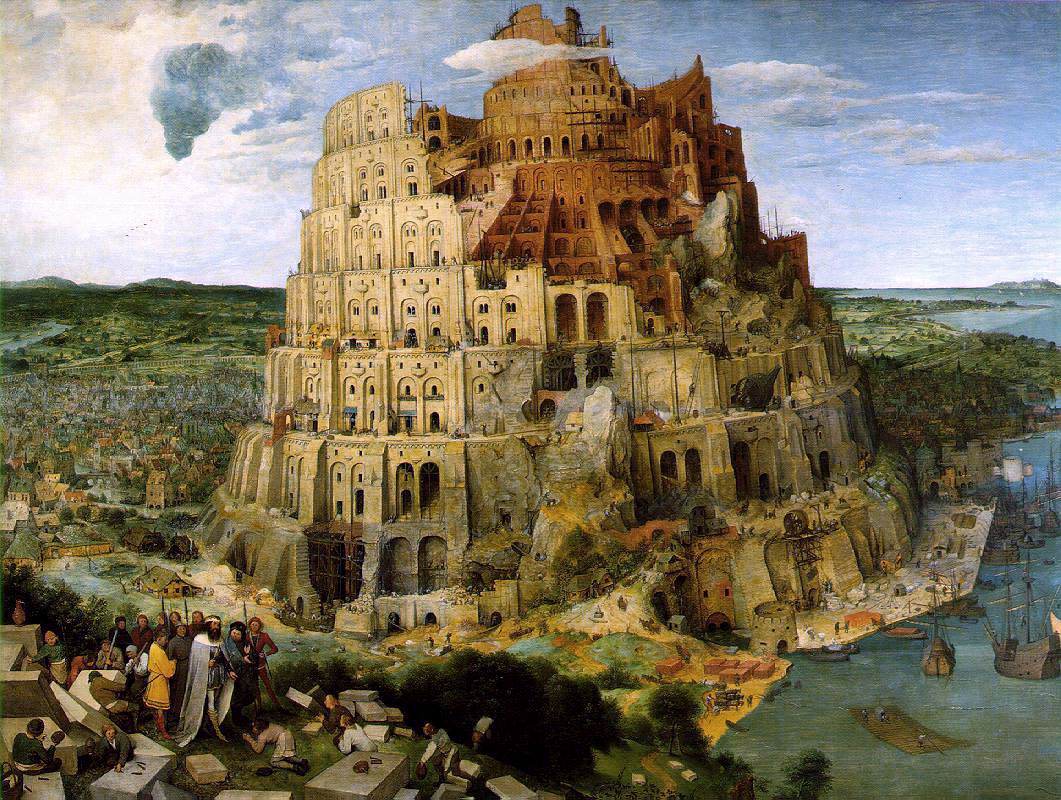Cities tempt us to see them as permanent dwelling and ourselves as sojourners no longer. Cities make people think “This world is my home, I’m no longer passing through.” But their permanence is a lie; cities made by human hands are still just way stops in our journey to a City with Foundations, whose builder and architect is God (Heb 11.10).
Category Archives: Literary Studies
Living as Exiles: Cities and Sin
One of the type scenes (or tropes, like the Woman at the Well) folks run into in the Bible is also one of its most prevalent metanarratives: “Cities are bad.” You look at Babel, Sodom and Gomorrah, or Gibeah and quickly realize “No, cities are really bad.”1 But sometimes we don’t think further about whyContinue reading “Living as Exiles: Cities and Sin”
Women and Wells (John 4)
The woman who at first mocked Jesus for not even having a bucket as he proclaimed to her the value of living water (John 4.11), left her own water jar to tell others of the waters of life (4.28).
Theology of Exodus in Kings: Solomon’s Pharaonic Shadow
Ron Hendel notes, “The exodus from Egypt is a focal point of ancient Israelite religion. Virtually every kind of religious literature in the Hebrew Bible—prose narrative, liturgical poetry, didactic prose, and prophecy—celebrates the exodus as a foundational event. Israelite ritual, law, and ethics are often grounded in the precedent and memory of the Exodus. …Continue reading “Theology of Exodus in Kings: Solomon’s Pharaonic Shadow”
Reading Genesis and Reading Joseph: Land
Whenever you come to a particular pericope (yes, pericope, not periscope Microsoft Word!) there are a few questions that you should ask. What is the point of this single narrative episode? In other words, if this text existed in a vacuum, how would we interpret it if the only context we had was the contextContinue reading “Reading Genesis and Reading Joseph: Land”
Beginning at the End: Structure and Solomon
“Check me out. I’ve got blonde hair! That’s how I know this is a dream.” -Solomon Good writing has structure. What we see at the beginning prepares us for what comes at the end. Better writing prepares us at the beginning for what comes at the end without making it obvious. On other words, itContinue reading “Beginning at the End: Structure and Solomon”
Father, Mother, Sons, and Strife: Reading Stories Intertextually
A few posts ago, I talked about how intertextuality—the practice of lining up two or more texts that are close enough to compare in order to emphasize differences or help aid in interpretation—can help us better understand the Bible. Both of these posts used Genesis 19 to show how this text can help us betterContinue reading “Father, Mother, Sons, and Strife: Reading Stories Intertextually”
Dismembering the Body, Disbanding the People: Judges 1
Every other Fall at Florida College, I get the chance to teach a one-credit hour class covering Judges and Ruth. It’s a blast. It’s usually populated with Juniors and Seniors, most of whom I’ve had for other (sometimes numerous other) courses, so I know most of them and they know me. Because it’s a one-hourContinue reading “Dismembering the Body, Disbanding the People: Judges 1”
Snakes and Sorcery: Joseph’s Cup and Character (Gen 44)
Snakes are frequently tied to knowledge, rebirth, sex, and magic in the ancient world. Asclepius—who was either the son of Apollo or a sort of adopted son—was raised by Chiron, but he gained true knowledge after rescuing some snakes who then cleaned out his ears, which gave him special knowledge of healing. His symbol wasContinue reading “Snakes and Sorcery: Joseph’s Cup and Character (Gen 44)”
Ruth the Moabitess: Proto-Racism, Literary Criticism, and Ruth 3
Antiquity was super racist. Well, that’s not quitetrue. To use the term that Benjamin H. Isaac uses in The Invention of Racism in Classical Antiquity (2004), antiquity was super “proto-racist.” Peoples in antiquity always had very strong perception of what other peoples were like. Isaac illustrates this through the Roman views of others: the EasternContinue reading “Ruth the Moabitess: Proto-Racism, Literary Criticism, and Ruth 3”



